Public Art as an Asset for Property Goals
The business case for public installations supports re-thinking percent-for-art requirements, according to designer Gordon Huether.
Public art is generally defined as “artwork created for the general public and placed in the public realm, regardless of commissioning agency or funding source.” The practice has a long history in the U.S., gradually evolving as developers, artists, architects and commissioning groups now collaborate to create public art. With the right approach, it brings beauty to everyday life and also accomplishes business goals.
Today, there are nearly 100 cities and jurisdictions across 16 states with requirements to commission public art.
In 1959, Philadelphia’s Percent for Art in Private Development initiative became the nation’s first program to require a percentage of construction costs for private development projects to be put toward commissioning original, site-specific public art. For some, it may seem easier to give that one percent of the construction budget to a city’s art program—a missed opportunity to enhance branding, wayfinding, leasing and other development objectives.
READ ALSO: Office Building Success Depends on People—Not Capital
Though percent-for-art programs vary, there are well-documented case studies and research that demonstrate the positive influence of public art for benefiting people, tenants, shoppers and the community, for example:
Enhanced aesthetics & branding
Aesthetics is one of the top three influencing factors in where and why residents choose to relocate. When people see themselves reflected where they live, work, spend and play, they develop a sense of attachment to that community, location or business. Public art improves aesthetics, making places unique by reflecting the local environment, history and culture, giving communities and businesses a stronger sense of place and identity.
Increased economic vitality & ROI
Public art can improve a community’s competitive edge, attracting new and visiting populations by harmonizing the efforts of community and business leaders. In oft-cited reporting from 2015 by Americans for the Arts, Reston Town Center’s lower-than-market vacancy rates were attributed by local brokers, in part, to the permanent and temporary public artworks located in the Center.
Improved public health
Public art has been shown to have clear public health benefits, including decreased stress, providing a sense of belonging and an increase in positive health behaviors. Patients in hospitals that have incorporated various forms of public art have been found to experience less anxiety, lower levels of pain and faster healing after medical procedures.
For development projects with percent-for-art requirements, sponsors can derive more benefit by reframing the obligation as an opportunity to add distinction and value to the project, enhancing the experience of tenants, customers and the public.
Our recent artwork, “Infinity”, at the Stanly Ranch Auberge Resort and housing development north of San Francisco is a 60-foot loop of Corten steel that echoes the property’s wellness theme by offering a place for grounding of the body and mind, and is a symbol of the merging of design and earth. It’s also a site for practice of yoga and meditation, and a popular backdrop for weddings and private receptions that support the property’s objectives.
A key part of successful public art is collaboration of the project sponsor, artist, architects and other constituents—often with different agendas—to arrive at a unified approach without sacrificing the aesthetics of the design or the property’s goals.
Gordon Huether, Gordon Huether Studio, is a Napa, CA-based artist active throughout the U.S.

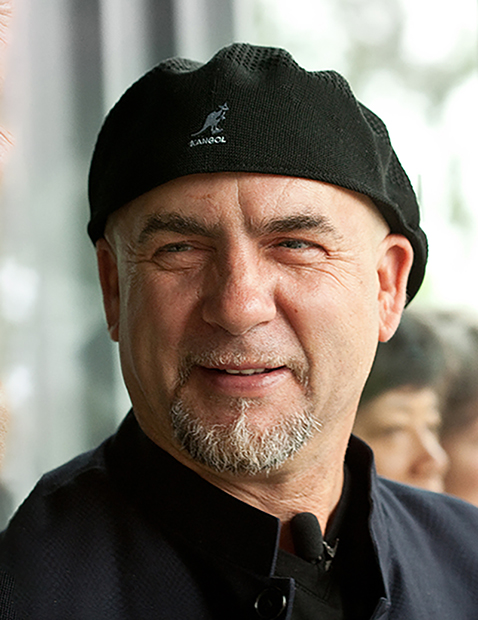
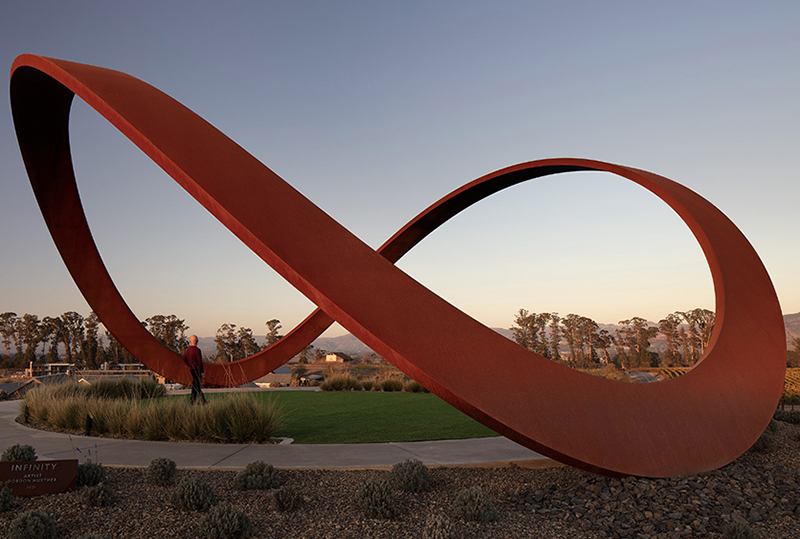
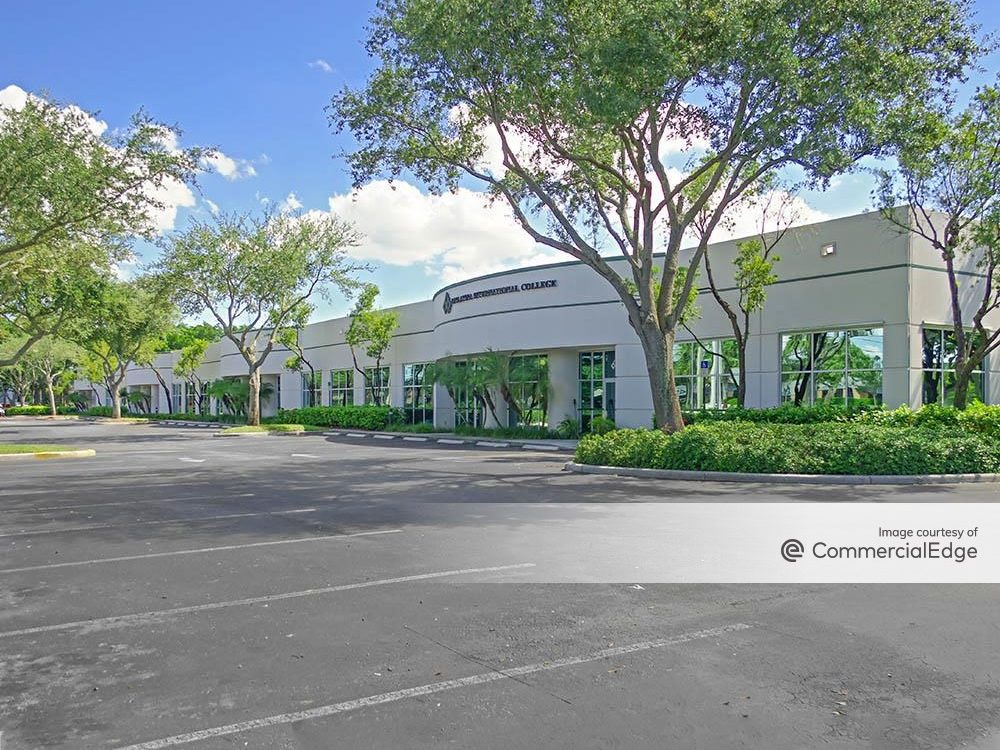
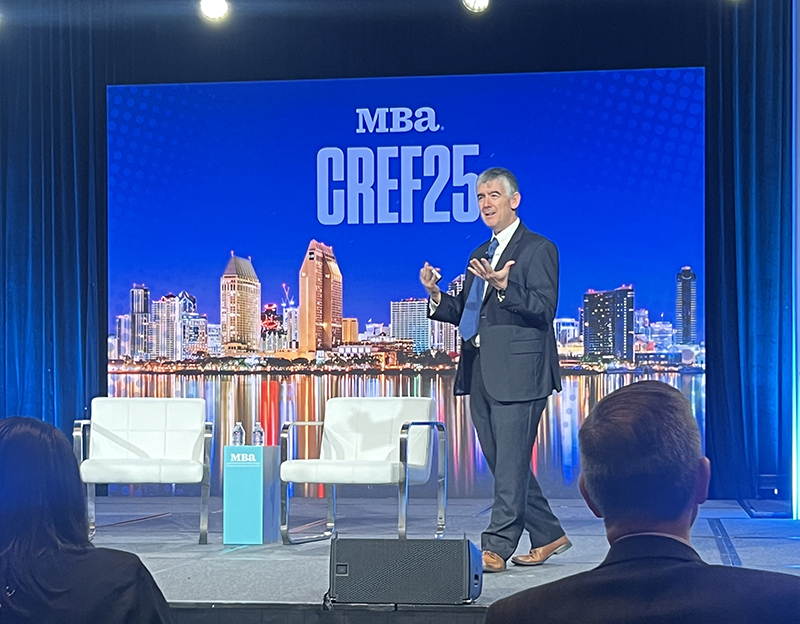

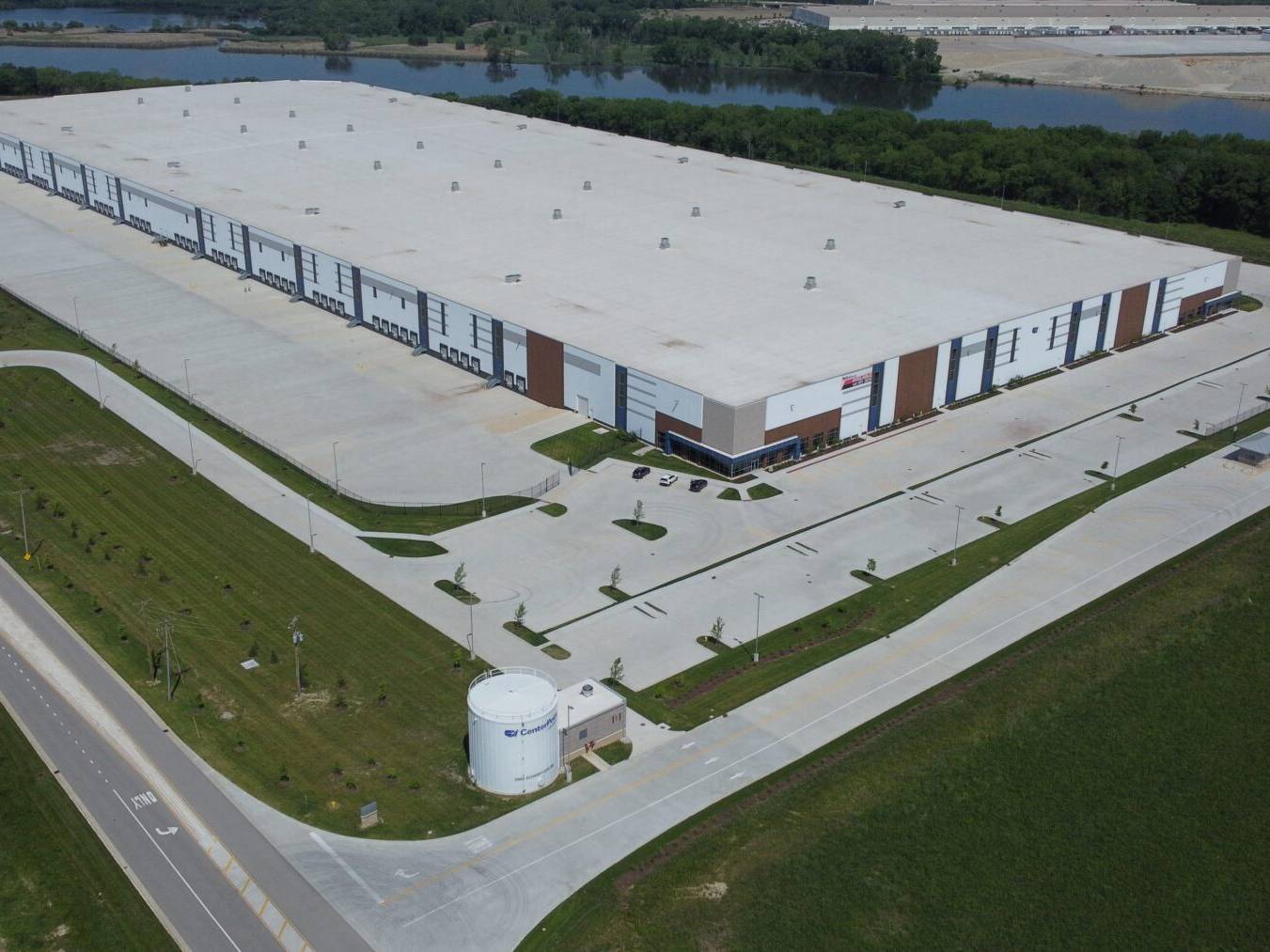


You must be logged in to post a comment.